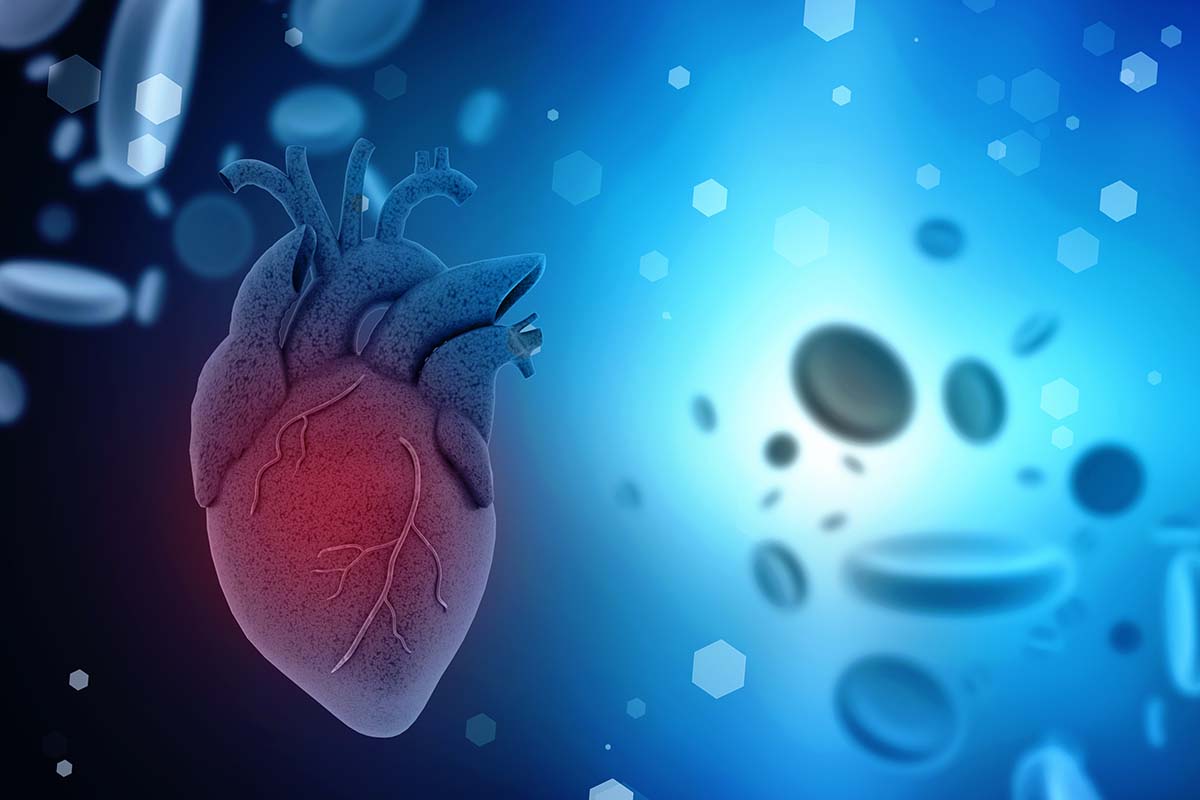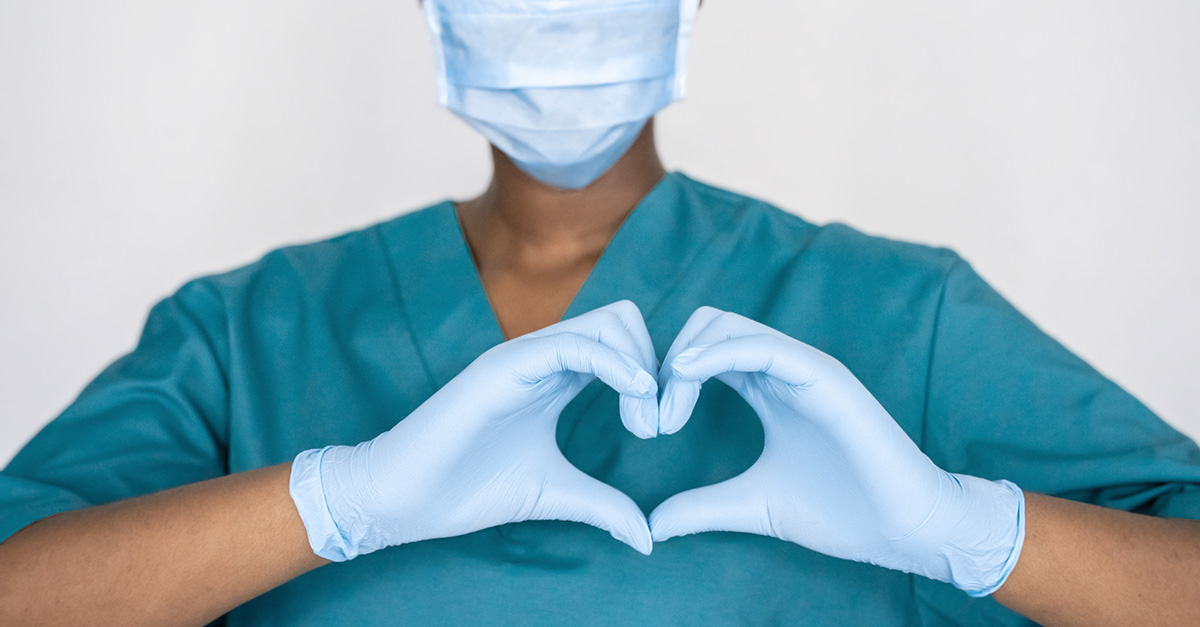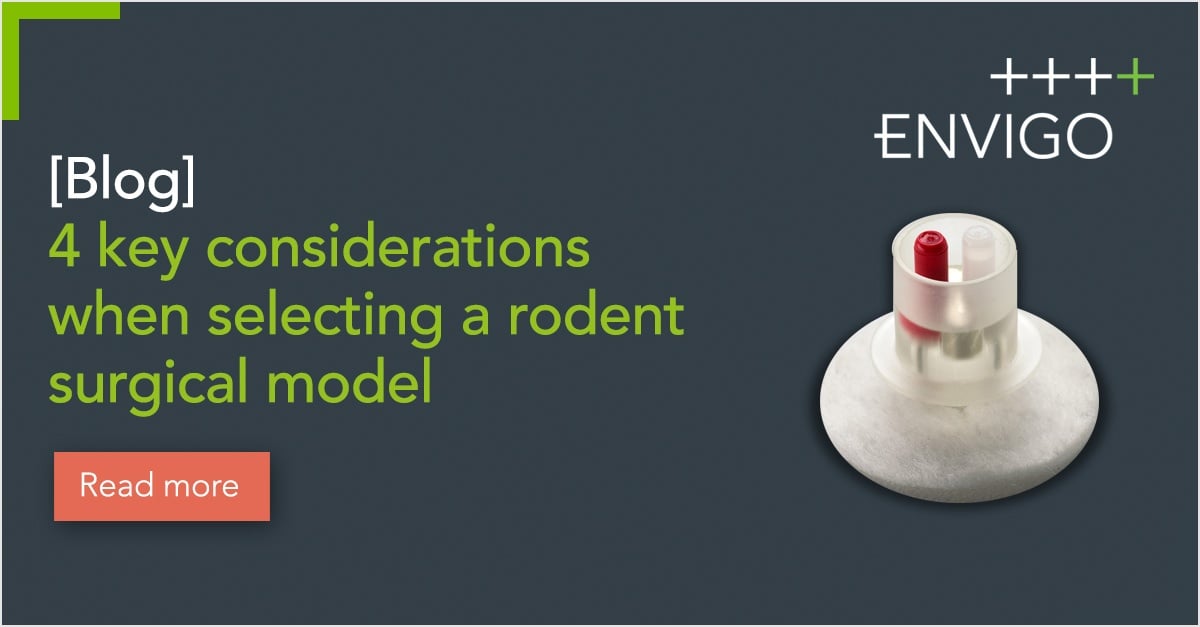

Creating a reliable heart failure model is not for the fainthearted
Heart failure is a major and escalating global public health problem with a prevalence of more than 5.8 million cases in the USA alone, and an additional 550,000 new diagnoses are made every year....

5 smart strategies to improve animal welfare
The research industry is increasingly relying on new techniques and technologies to improve animal welfare. Improvements have been limited as paper-based systems can cause issues with access and...

Not all surgical models are equal: the beauty is in the details
Surgically modified animal models play a critical role in biomedical research, allowing researchers to mimic the structural and functional properties of human conditions. However, it is only with...

4 key considerations when selecting a rodent surgical model
Animal catheterization serves a valuable tool to reduce experimental variability in several ways. It allows for consistent dosing as well as consistent blood sampling, while at the same time...

